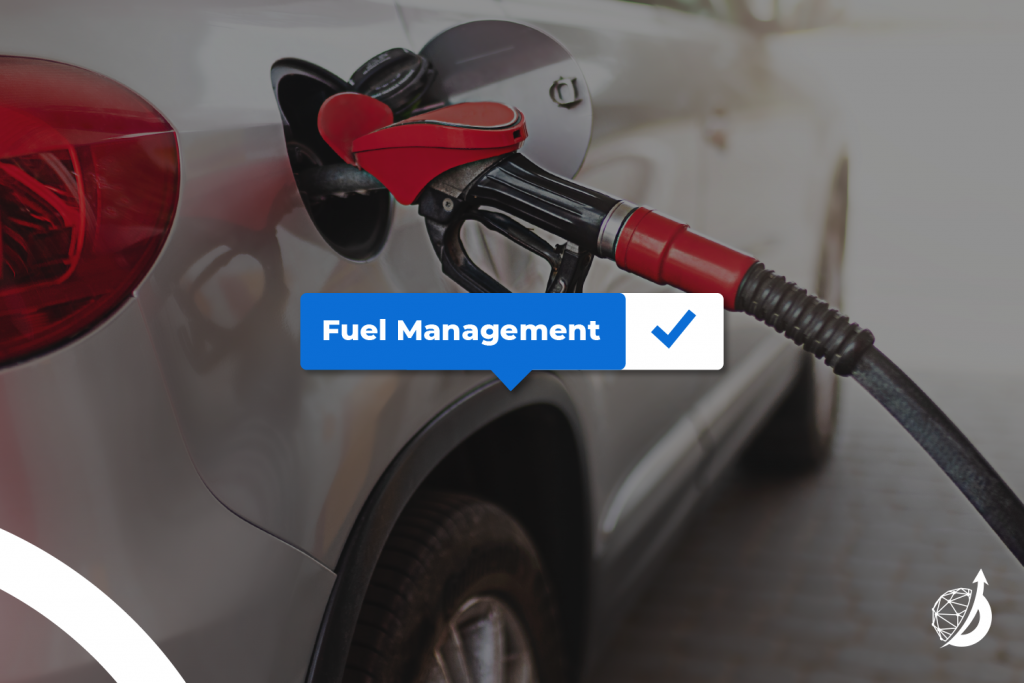Need to Reduce Your Fleet’s Fuel Costs? Start With These Three Strategies.

Fuel is one of the largest operational costs for commercial fleets. It’s the second largest fleet management expense overall, trailing only vehicle depreciation. And in one study, which found that 5% to 10% of fleet dollars are wasted each year, fuel was the single biggest culprit. With statistics like these, it’s no surprise that fuel programs are a major focus for cost-conscious fleet managers.
But here’s the thing: some fuel programs can feel like more trouble than they’re worth. (Who needs yet another vendor, another system and possibly another credit card?) And at the end of the day, a fuel card is just one component of an effective fuel optimization strategy. If you’re looking to reduce your fuel spending, start with these best practices.
(Want more ways to lower your TCO? We’ve got a blog post on that very topic.)
Enhancing Fuel Economy
The vehicles in your fleet can either enhance your fuel economy or hurt it. If you’re starting with a “fresh slate”—acquiring a full fleet, with the opportunity to standardize from top to bottom—then take the time to choose the right vehicle for your needs. Does a certain model provide more features than the job requires? Would a more fuel-efficient vehicle still meet your needs but help you save on costs? Making the right choice at the acquisition stage can save you tremendous costs over the lifetime of your asset.
Of course, you won’t always have the luxury of acquiring an entirely new fleet of fuel-efficient vehicles. Luckily, there are still things you can do to maximize the fuel economy of your aging fleet. Explore fuel-saving technologies, and consider upgrades that can help your fuel bottom line. Like selecting the right vehicle, choosing the right drivetrain for your requirements matters more than you think. And when your assets are reaching the end of their lifecycle, it could make financial sense to push them through to remarketing a little sooner—especially if it means bringing in a newer vehicle with better fuel economy.
(See our six best practices for fleet acquisition.)
Embracing the Right Fuel Card
Fuel cards can often feel like an inconvenience. Who wants to fill out yet another credit application? And in some cases, the value delivered is minimal, But the right fuel card can significantly reduce a fleet’s fuel costs, especially when it’s managed by the same partner overseeing your entire fleet management strategy.
So, what should you look for when choosing a fuel card? For starters, take a hard look at where a fuel card is accepted. While some operate more like credit cards that provide a point-based discount for fueling anywhere, others could limit your drivers to filling up the tank at particular stations. Also assess the program’s payment terms. Fuel card programs rarely talk about this, and the reality can often be surprising (and inconvenient). How would a 7-day or 14-day payment schedule affect your cash flow? What if a certain fuel card only pays every 30 days? In a market situation where every efficiency matters, adding 14 days to the payout window could matter more than you think.
A program’s network of participating stations is critical. So are the payment terms. But there’s one aspect of fuel cards that’s even more important: the provider’s data strategy. One of the biggest perks of these programs is the ability to view data on driver behavior, utilization and more. Ideally, this should integrate with your other analytics system so that you have a comprehensive view of your data, all in one place.
(Read more about the power of analytics for fleet managers.)
Influencing Driver Behavior
They say that what gets measured gets done. This is yet another case where data is invaluable. Between your fuel card, your telematics and the other aspects of your fleet management strategy, you have no shortage of accurate data. Much of it provides insights into driver behavior. Why does this matter? Because data can measure key aspects of driver efficiency: vehicle idling, route optimization, trip history and more. By using data as a starting point for driver training, you can emphasize sustainability-minded practices that double as fuel efficiency boosters.
Between technological advancements, fuel cards and driver behavior tools, fleet managers have no shortage of strategies for reducing their fuel spend. But the right partner also matters. By choosing a fuel program provider with a customized approach, you can ensure your strategy reflects your fleet’s dynamics and your goals for enhancing efficiency. How can you turbocharge your fuel savings even more? With a partner who incorporates this aspect of fleet management into your comprehensive strategy. Because the more dots you connect across your fleet operations, the more opportunities you have to spot potential savings—and make changes that boost your bottom line.
